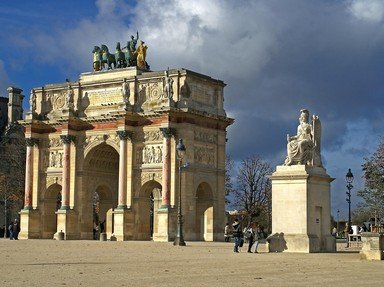Quiz Answer Key and Fun Facts
1. Searching for a way to conquer Italian lands in the north, Napoleon brought his forces to Martigny, Switzerland. Sharing its name with a breed of dog, which pass did Napoleon use?
2. Though Napoleon was trying to enter Italy through the Alps, his army wasn't looking to attack Italian troops but those from Austria. Which other nation had paid Austria to raise their armies against the French?
3. A large Austrian army in Italy had caught a French army out of position and chased them to a nearby Italian city. The French forces were mere days from surrendering to the Austrian siege. However, Napoleon's plan was to catch these forces off-guard by crossing the Alps. Which western Italian city was it?
4. French forces could have taken a more conventional route into Italy along the Mediterranean Sea. One problem was that their enemies' armies were prepared to meet them along this route and were planning to invade France from there with a large army. What other issue was there with this route?
5. Which of these weapons, vital to many French victories during the Napoleonic wars, did Napoleon's armies take across the Alps?
6. While crossing the Alps, Napoleon told military bands to play music to keep up the troops' morale. For what reason did the military musicians start a drum roll?
7. Once Napoleon's soldiers reached the top of the mountains, monks from a religious hospice helped supply what items to the tired troops?
8. As Napoleon rode his mule across the Alps, the young Swiss guide walking next to him had no idea who he was. After his successful crossing, Napoleon asked the guide what he wanted as a gift for helping. What did the guide ask for?
9. Once Napoleon's army finished crossing the Alps, they fought the Austrian general Michael von Melas and his forces in what famous encounter, a decisive victory for France?
10. The famous painting "Napoleon Crossing the Alps" by Jacques-Louis David portrays Napoleon valiantly leading his troops atop a rearing horse. Five versions of this painting were eventually painted, but who commissioned the first?
Source: Author
trident
This quiz was reviewed by FunTrivia editor
bloomsby before going online.
Any errors found in FunTrivia content are routinely corrected through our feedback system.

